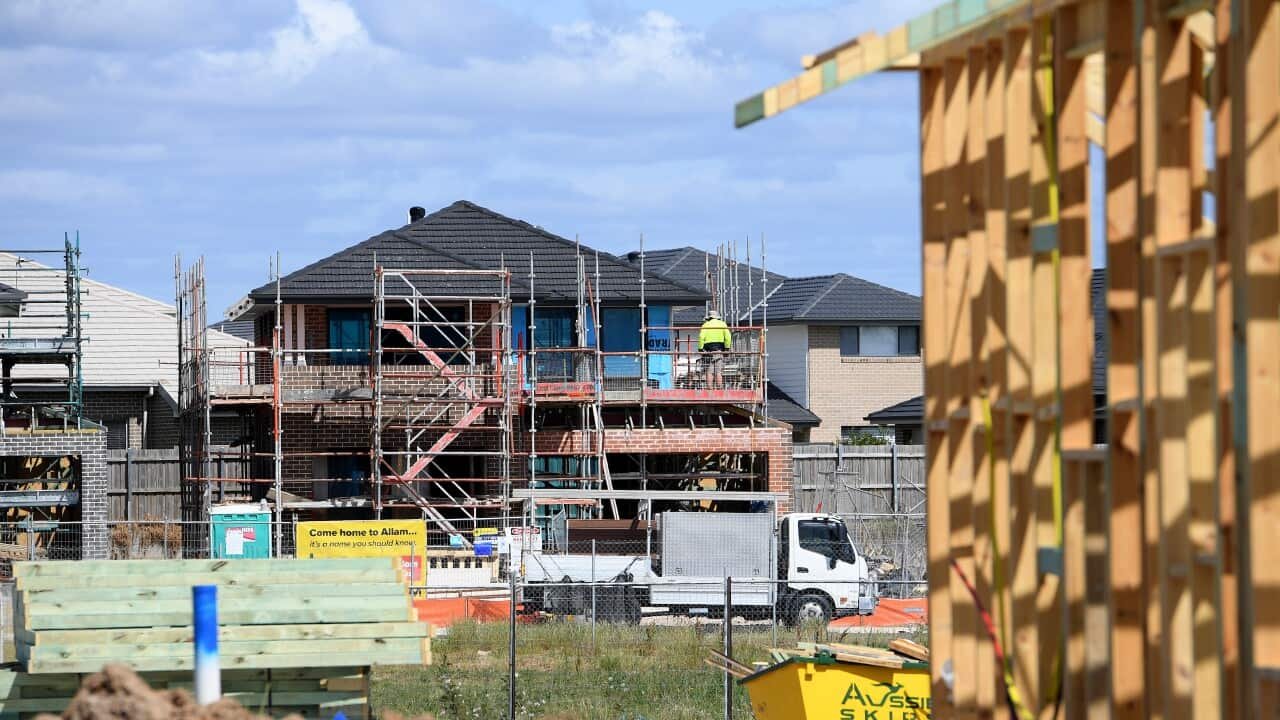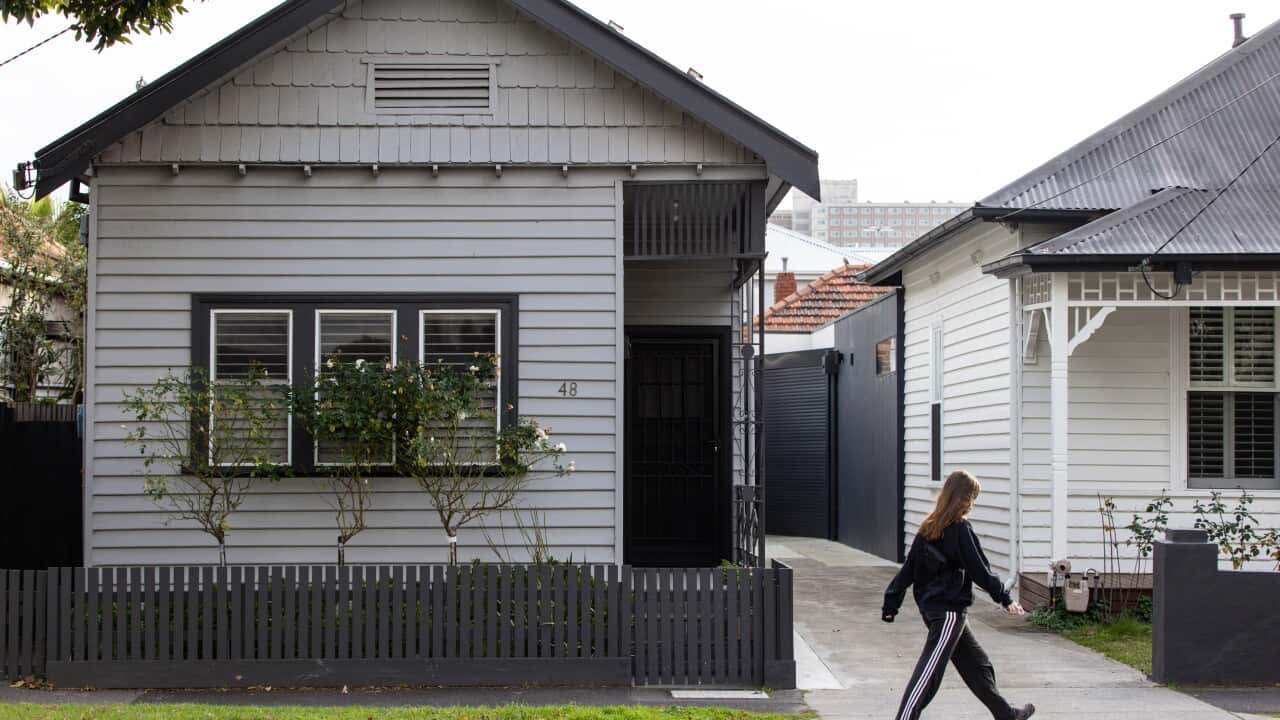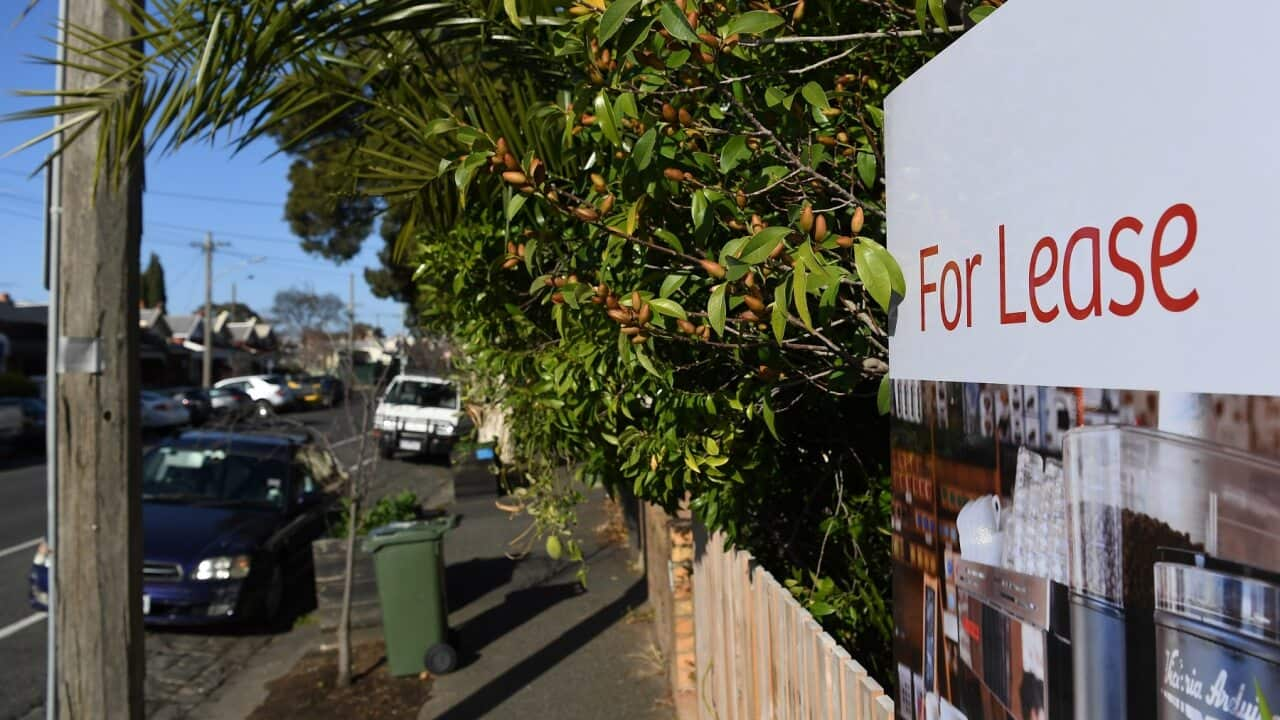Key Points
- NSW first home buyers will soon have the option to pay an annual land tax instead of stamp duty.
- First home buyers purchasing a property for up to $1.5 million or vacant land for up to $800 000 will be eligible.
- The premier says the reform will enable buyers to save more and enter the property market earlier.
Stamp duty is often one of the most significant costs associated with buying a house.
For first-home buyers in NSW, it could soon become a thing of the past.
On Thursday, premier Dominic Perrottet's tax legislation officially passed parliament. It will offer buyers the option to pay an annual land tax rather than a lump sum stamp duty.
The premier says the reform will enable buyers to save more and enter the property market earlier, but critics say it will create uncertainty and potentially lead to increasing land tax rates.
So what is the reform, who does it apply to, and will widespread adoption really be helpful for first-home buyers?
How will the scheme work?
Currently, homebuyers pay a tax in the form of stamp duty when they purchase a property.
The one-off payment adds thousands of dollars to the overall cost of buying a property.
Under the new legislation, first-home buyers will have the option to pay smaller annual amounts.
In order to qualify, it will need to be the buyers' first home and cost up to $1.5 million, or $800,000 for a vacant block of land.

NSW Premier Dominic Perrottet says the reform will enable buyers to "shave years" off the time it takes to safe for a house deposit. Source: AAP / BIANCA DE MARCHI
Mr Perrottet, who has long wanted stamp duty reform, said the policy would allow people to save more.
"For the first time, we will provide first home buyers with a choice, helping thousands of people to shave around two years off the time needed to save for a deposit," he said.
"We know there could be nothing more important than home ownership, particularly for young families.''
According to Treasury's assumptions, the breakeven period between upfront stamp duty and an annual property fee would be 36 years for an $800,000 apartment, 28 years for a $1 million townhouse, and 26 years for a $1.25 million house.
What has the reaction been?
Labor was vehemently opposed to the scheme and has vowed to repeal the legislation if it wins government at the March election.
The party called the legislation a "Trojan horse" to introduce a broad-based land tax on families, that will steadily increase over time.
"Our concern is that future governments will jack up the land tax rate," Labor Leader Chris Minns said on Thursday.
"If you're already on that merry-go-round, you have to trust this premier, and all future premiers, not to up the land tax rate on your family home."
Greens MP Abigail Boyd criticised both parties for their approach to the bill and proposed it not come into effect until after the election.
"It seems like an incredible waste of time and money, as well as creating huge uncertainty for first home buyers, if we allow this ... bill to take effect now, only to have it unwound if Labor win the next election," Ms Boyd told AAP.
Those choosing the annual tax will pay the equivalent of the up-front stamp duty after 21 years to 63 years, depending on the purchase price, Urban Taskforce chief executive Tom Forrest said.
"These changes will make it easier for first home buyers to enter the market and the choice, for most, will be a no-brainer decision," he said.
In June, after the policy was revealed in the state budget, Grattan Institute Economic Policy Program Director Brendan Coates described the plan as "disappointing".
"It’s true that avoiding stamp duty will shave roughly two years off the time it takes a typical buyer to save a 20 per cent deposit. But increasing buyers’ purchasing power will also push up house prices a little," he said.
"What the government gives with one hand, the housing market will partly take back with the other.
"Disappointingly, Perrottet’s policy falls a long way short of the more ambitious proposal he flagged last year."
He also expressed disappointment in the reaction of Mr Minns, describing the situation as the "worst of both worlds".
"Instead of a bipartisan approach to major economic reform, we find ourselves in the worst of all worlds, with an opposition committing to oppose a policy the government hasn’t even committed to enacting."
What is the situation in other states?
Each jurisdiction has its own version of stamp duty, with rates and systems varying across the country.
- Queensland: In Queensland, stamp duty rates rise depending on the property's value. The highest rate for properties over $1 million is $38,025 plus $5.75 for each $100, or part of $100, over $1 million.
- Victoria: For Victorian buyers, stamp duty rates start at 1.4 per cent of the dutiable value of properties under $25,000 and go up to $110,000 plus 6.5 per cent of the dutiable value in excess of $2 million. First-home buyers - along with buyers in certain areas - may be eligible for an exemption or concession from duty.
- ACT: In the ACT, conveyancing tax starts at $0.60 per $100 or part of thereof up to $260,000. The highest rate in the territory is a flat rate of $4.54 per $100 applied to the total transaction value for properties over $1.455 million. There are some concessions and exemptions available subject to availability.
- Tasmania: Property Transfer Duty rates vary, with the highest rates (for properties over $725,000) reaching $27,810 plus $4.50 for every $100, or part, by which the dutiable value exceeds $725,000. Eligible First home buyers of established homes may be eligible for a 50 per cent concession.
- South Australia: In South Australia, stamp duty rates start at $1.00 for every $100 or part of $100 for properties $12,000 and under. The highest rate is applied to properties over $400,000 and is $21,330 plus $5.50 for every $100 or part of $100 over $500,000.
- Western Australia: For properties under $120,000, buyers will pay a transfer duty assessment of $1.90 per $100 or part thereof. The rate rises gradually, with the highest applied to properties over $725,000 at $28,453 + $5.15 per $100 or part thereof above $725,000.
- Northern Territory: In the Top End, stamp duty is calculated according to price brackets, with a formula applied for properties up to $525,000. For properties over $500,000, buyers pay a set percentage of the property's value. There are discounts and concessions available for first homeowners, seniors, pensioners, and carers, as well as a principal place of residence rebate.





